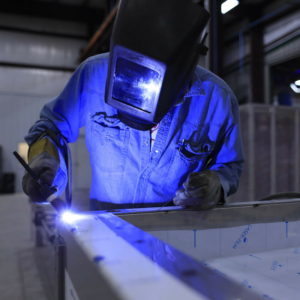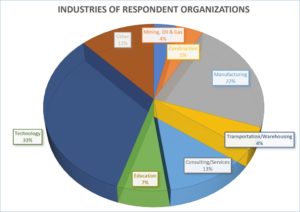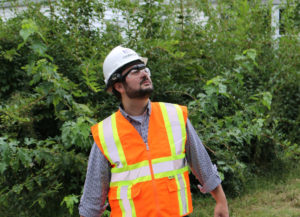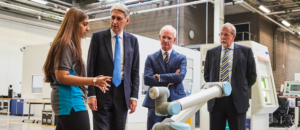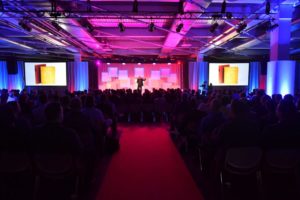AR Smart Glasses Market 2018 By Application Commercial Use, Industrial Use

The report organizes the AR Smart Glasses Market across the globe into distinct portion based on industry standards. It also distinguishes the market based on geographical regions.
AR Smart Glasses Market report analyzes the market at global and regional level. The AR Smart Glasses market focuses on top manufacturers in global market, with capacity, production, price, revenue and market share for each manufacturer. The market has been forecasted based on revenue, market share and growth rate from 2018 to 2025.
Key players in the report include Sony, Google, Microsoft, Epson, Toshiba, Qualcomm, Recon, Vuzix and Upskill, the last two of which are members of the AREA alliance.
Please note The AREA is not affiliated with any of the market report producers and very occasionally shares information that may be of interest to some of our wide and varied readership.


